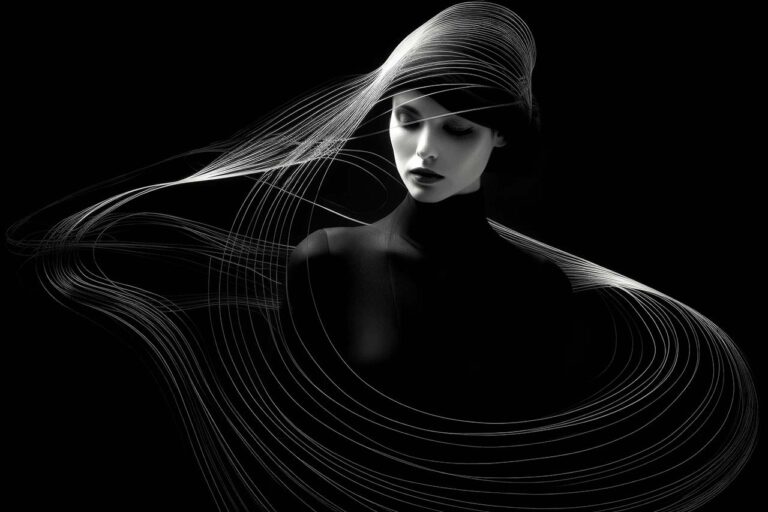
Info
- Digital artwork by Olio Imaginarium
- A series of 60 digital artworks
- Year: 2024
Artwork In brief
Following ’Hipster Odyssey I: Ancestors of the Avant-Garde,’ we invite you to embark on the next chapter in ’Chronicles of the Chic,’ the second installment of a three-part series, as we uncover the origins of the Hipster essence. From the avant-garde stylemakers of Versailles, who turned courts into catwalks, to the bohemian poets of Victorian cafés, to the daring flâneurs of Parisian streets who elevated people-watching to an art form—each epoch brought forth its vanguards of vogue. The hipster ethos, it appears, is not merely a passing craze but an enduring cultural current.
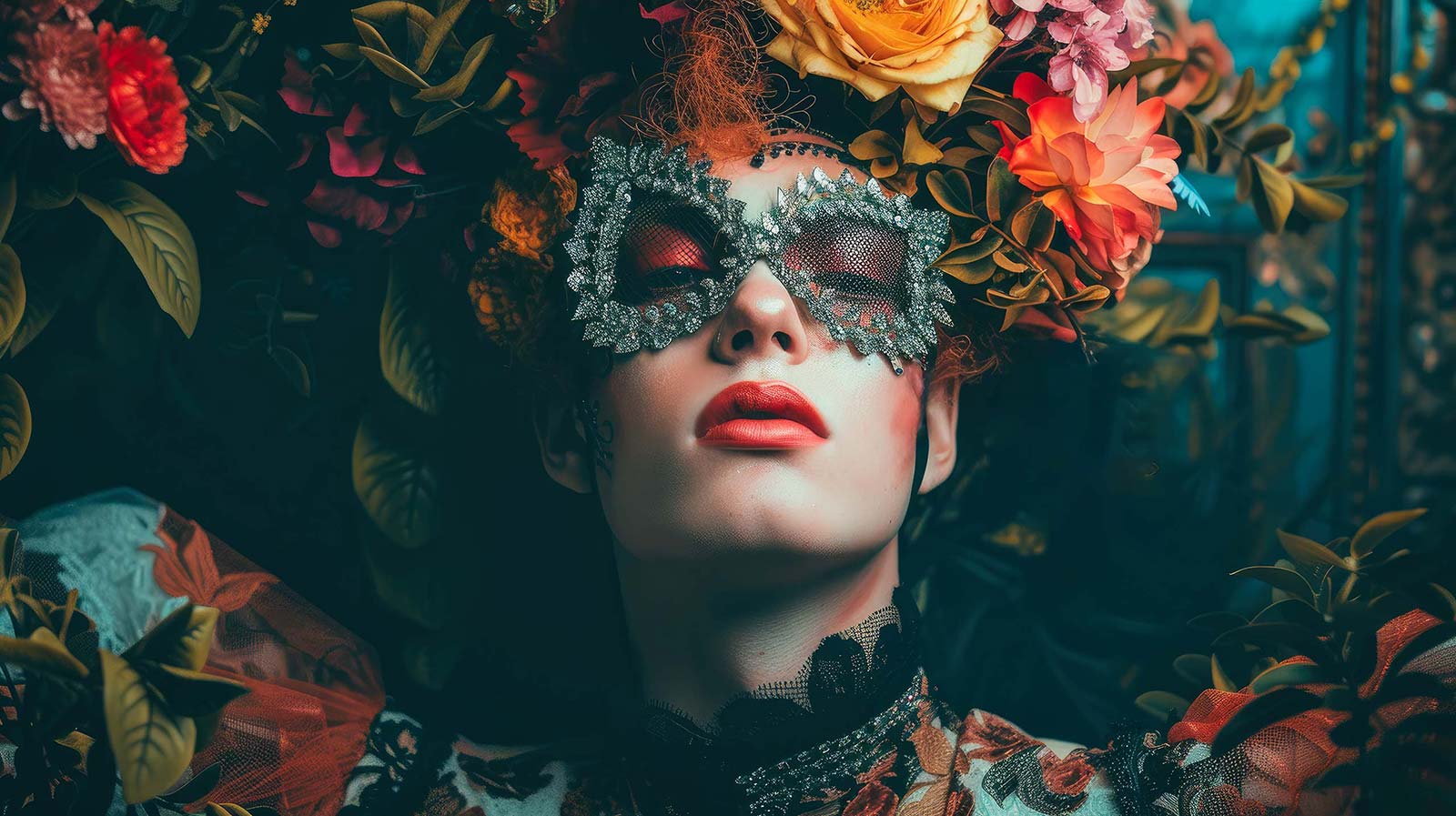
Enter the Baroque, where extravagance was de rigueur and more was more. A distinct sect of hip style savants took opulence to new heights, making the palace décor seem pedestrian. Their wigs weren’t merely powdered; they were veritable landscapes of curls upon curls, aspiring to touch the ceiling. Their costumes were embellished with stitchwork so intricate it demanded a magnifying glass to fully appreciate the narrative. “Passepied? Too passé!” they’d remark, gliding into a pavane with partners whose identities were as delightfully enigmatic as their own.
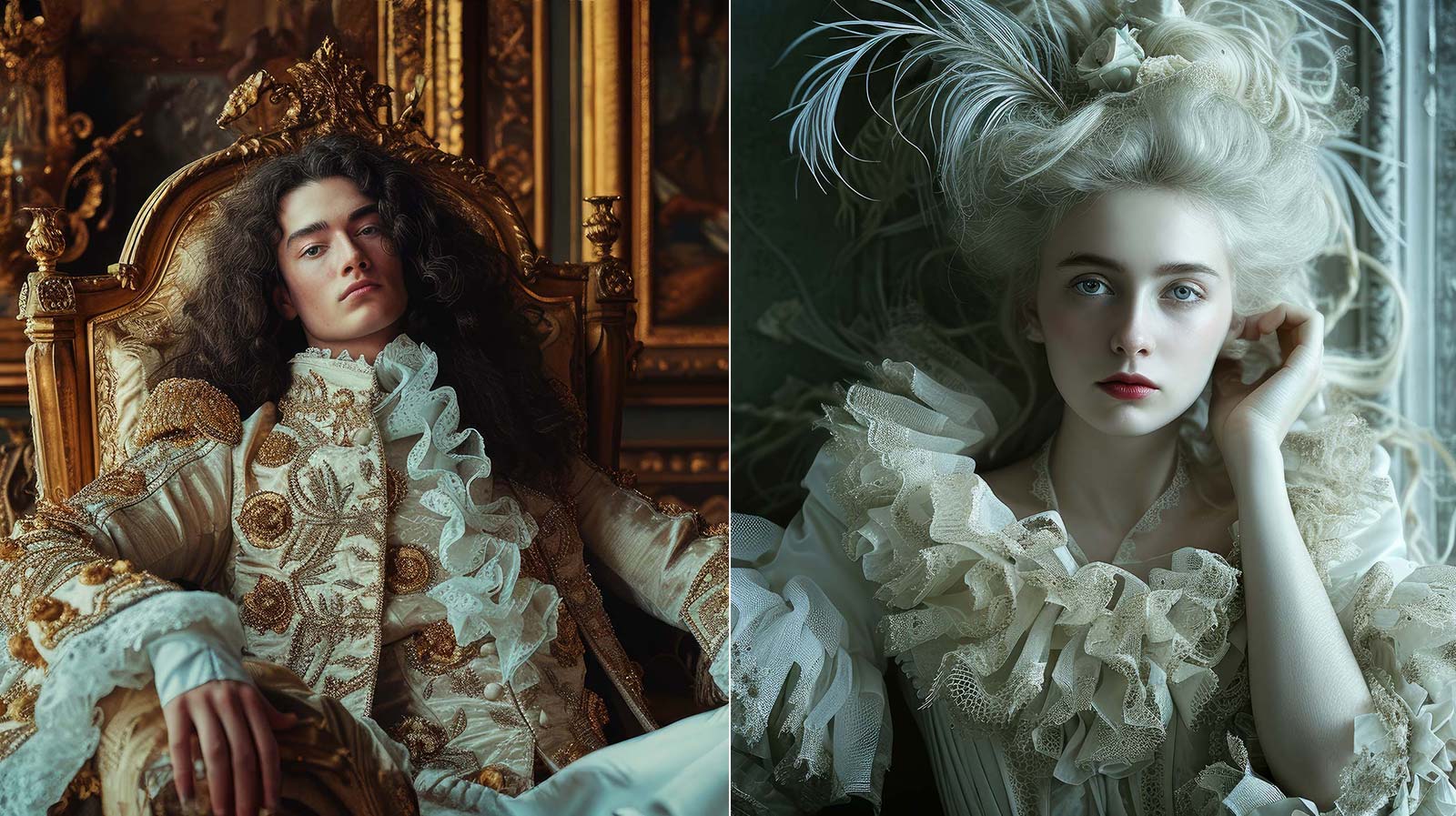
Louis XIV, known as the Sun King, was the embodiment of opulence with a hip twist. His flamboyant wigs and heels stood as walking proof that true style knows no gender—a sentiment that resonates with today’s fashion-forward circles. Marie Antoinette, his spiritual successor, rebelled against the mainstream, a defiance that tragically led to the guillotine. Her elaborate hairstyles, extravagant garden parties, and lavish lifestyle pushed the boundaries of what was acceptable, ultimately fueling the revolution. Her audacious transformation of Versailles into the ultimate indie scene, complete with rustic garden parties and avant-garde fashion statements that mocked the rigid courtly conventions, might have been celebrated in another era.
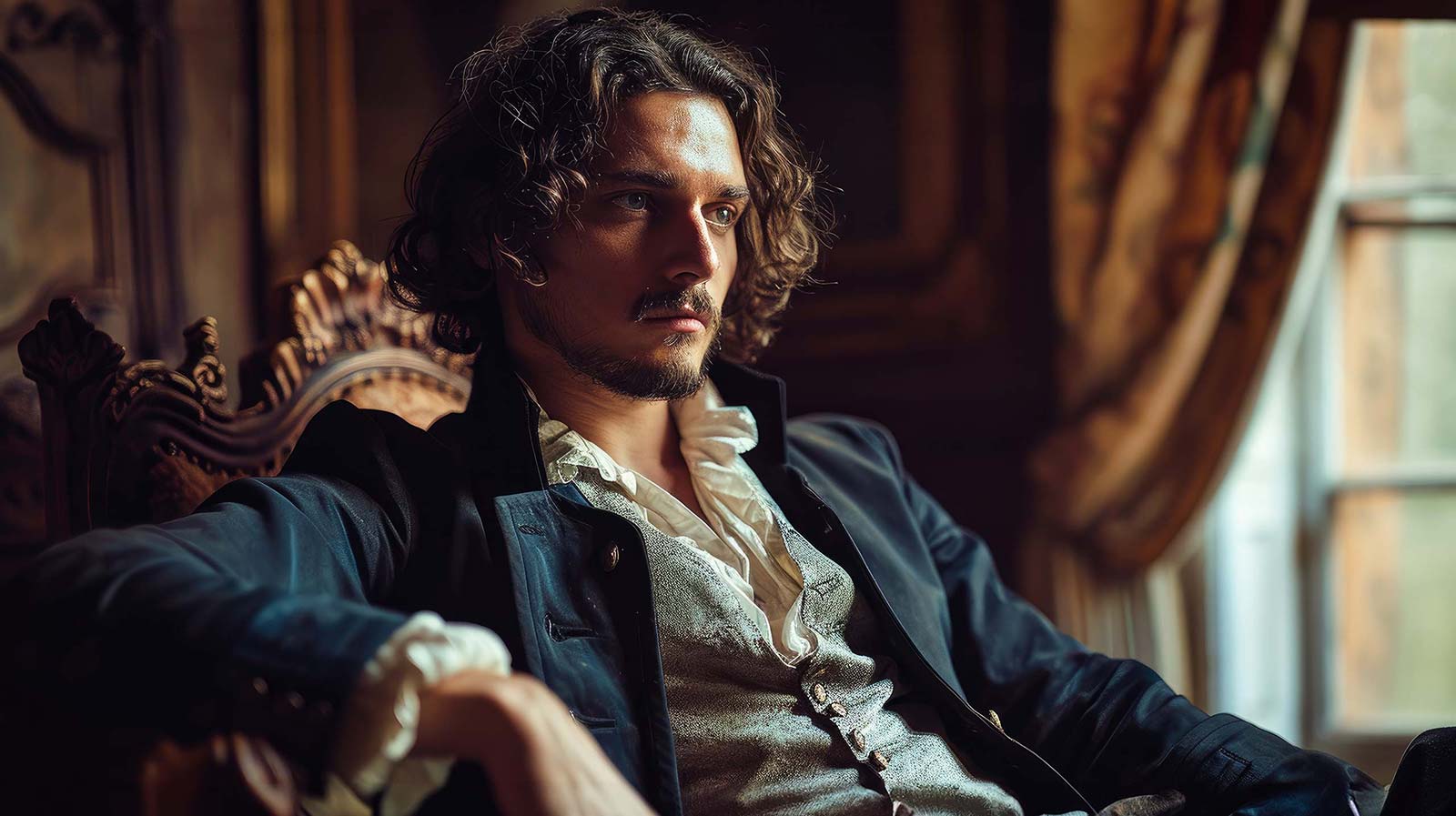
As the Enlightenment dawned, the coffeehouses of Europe became the stage for debates among the era’s most brilliant minds. Each sip of their meticulously brewed coffee not only inspired them to ponder the nature of the universe but also to stir up revolutionary ideas, steeped with the rich aroma of freedom. The prized coffee beans, handpicked from the farthest reaches of empires and carefully prepared by artful baristas, subtly sowed the seeds of their thoughts.
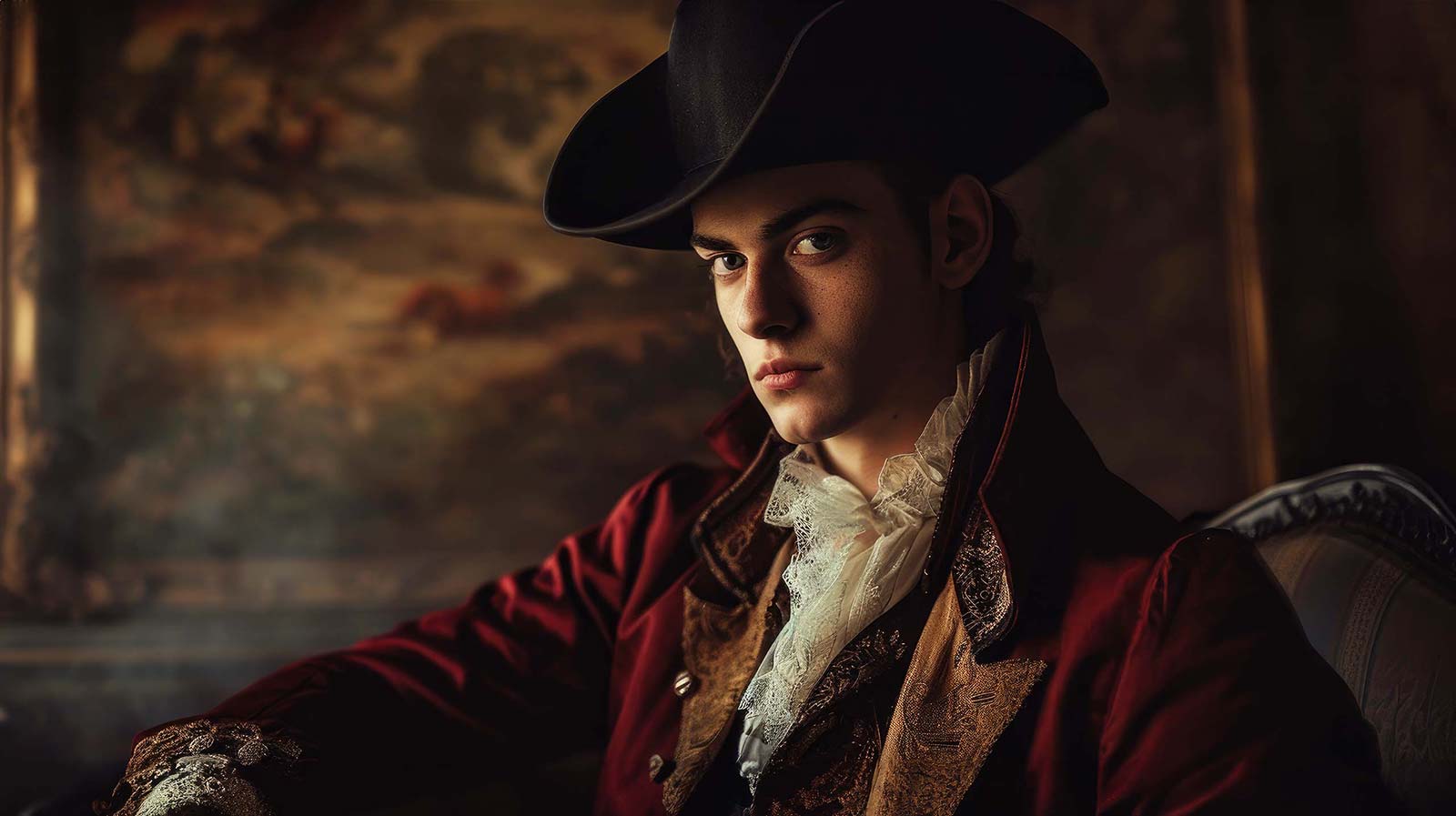
The onset of the 19th century brought forth the dandies, those stylish predecessors of the hipster, parading down cobblestone boulevards, moustaches impeccably curled and top hats set with style. Each twirl of their canes punctuated the poetry of their dressing, and each tilt of their hats underscored an exclamation of refined taste. ”To button or not to button?” became the question that stirred their souls as they stood before mirrors, reflections not just of men, but of muses of metropolitan flair. They were more than mere men; they were walking sonnets, their suits serving as manifestos dedicated to the art of elegance.
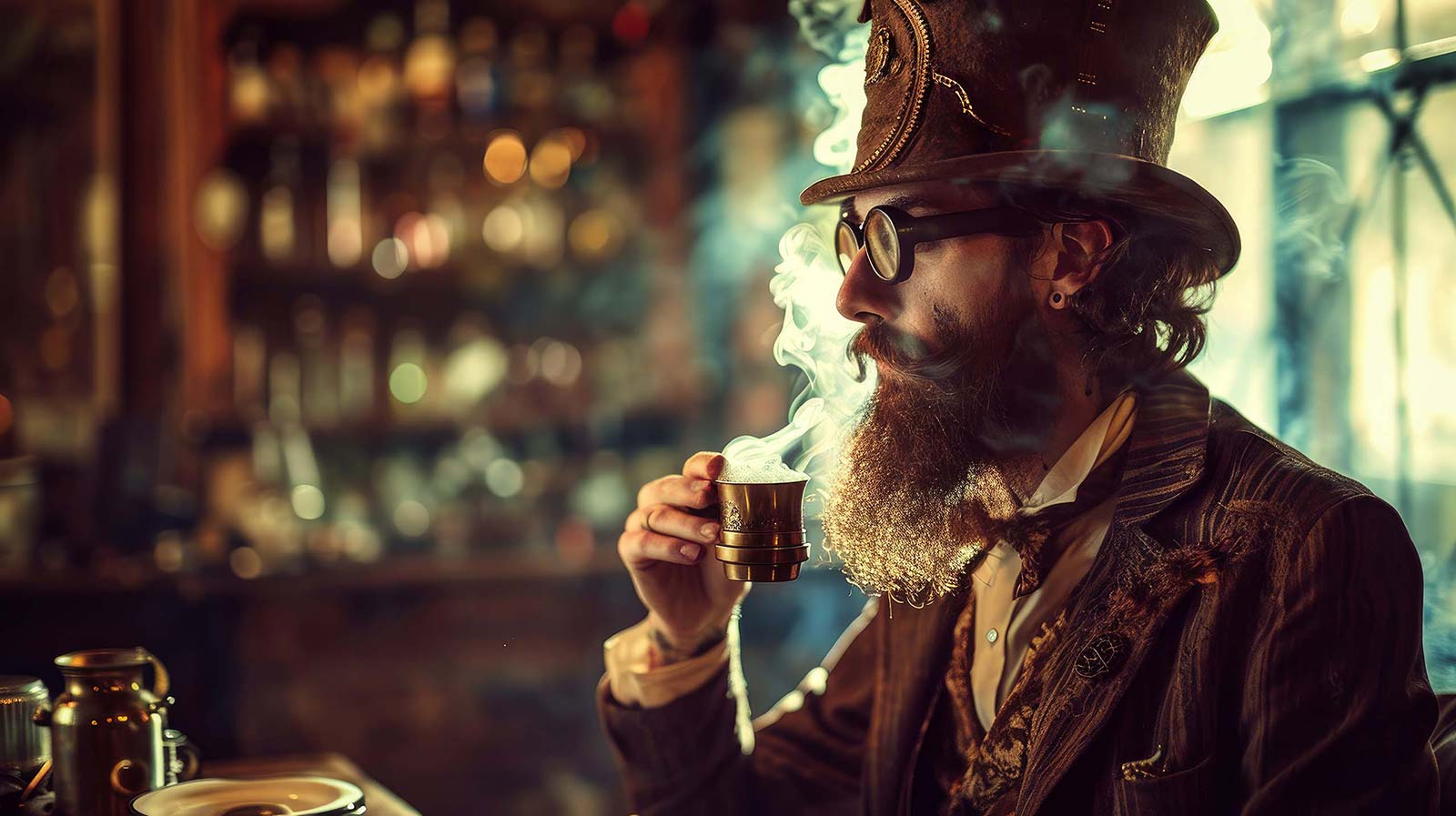
As the Industrial Age spread its iron wings, a group of autonomous creators emerged, turning up their noses at the mainstream mass-production. They were the avant-garde ancestors of the DIY ethos, a class of ingenious rebels whose steam-powered dreams made of recycled and found objects defied the era’s grim pragmatism. These artisans of the impossible didn’t just see gears and pistons; they saw the graceful poetry in the meticulous ballet of each metallic pirouette.
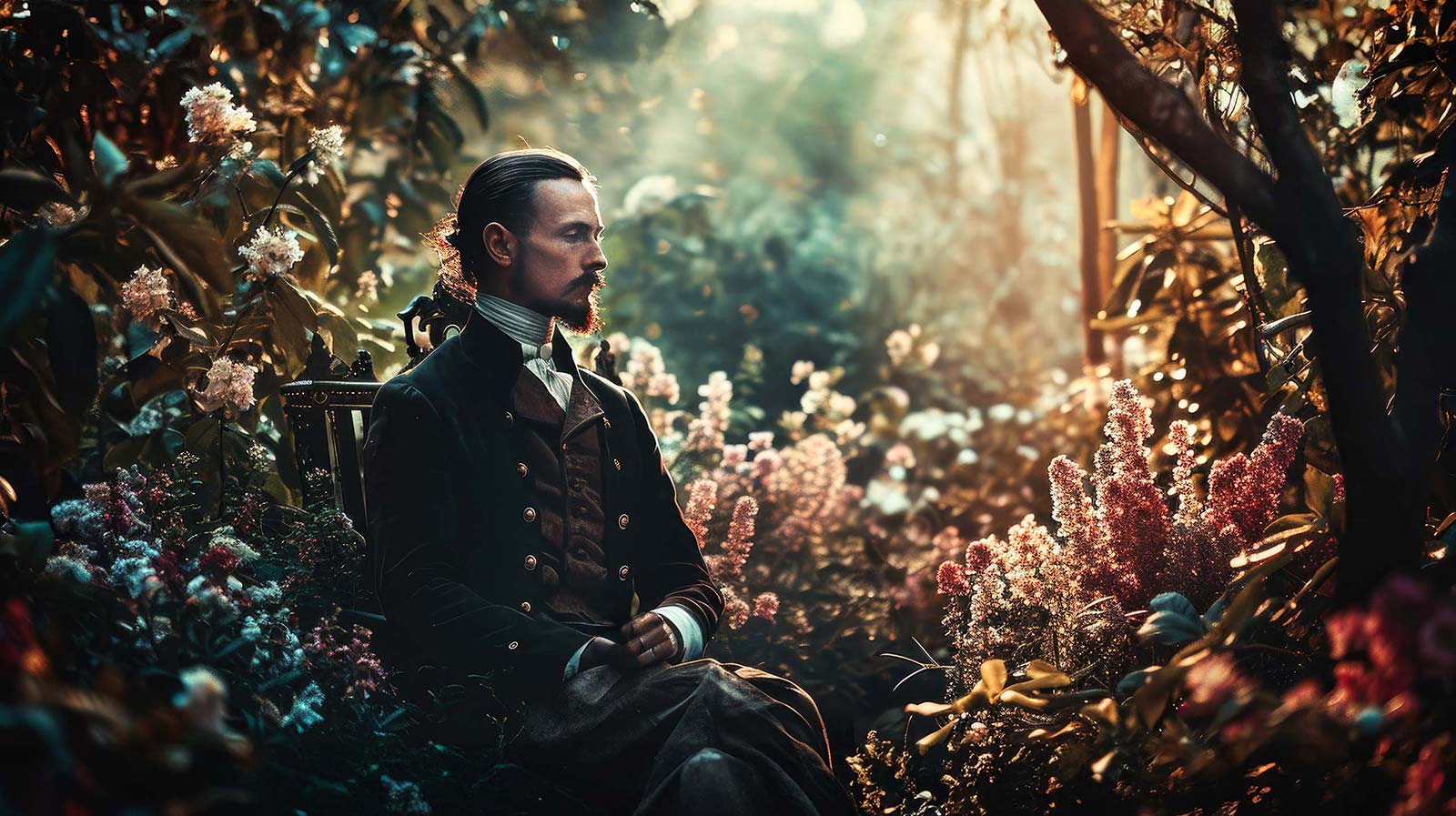
Lounging in the verdant splendor of the Victorian gardens, one might have encountered the botanist hipsters, with their monocles firmly planted over one eye, meticulously tending to plants that were as exotic as their beards were groomed. These original influencers were setting greenhouse trends long before the first social hashtags. Their legacy branches out to the tree huggers, the hippies, and the organic aficionados of many kinds.
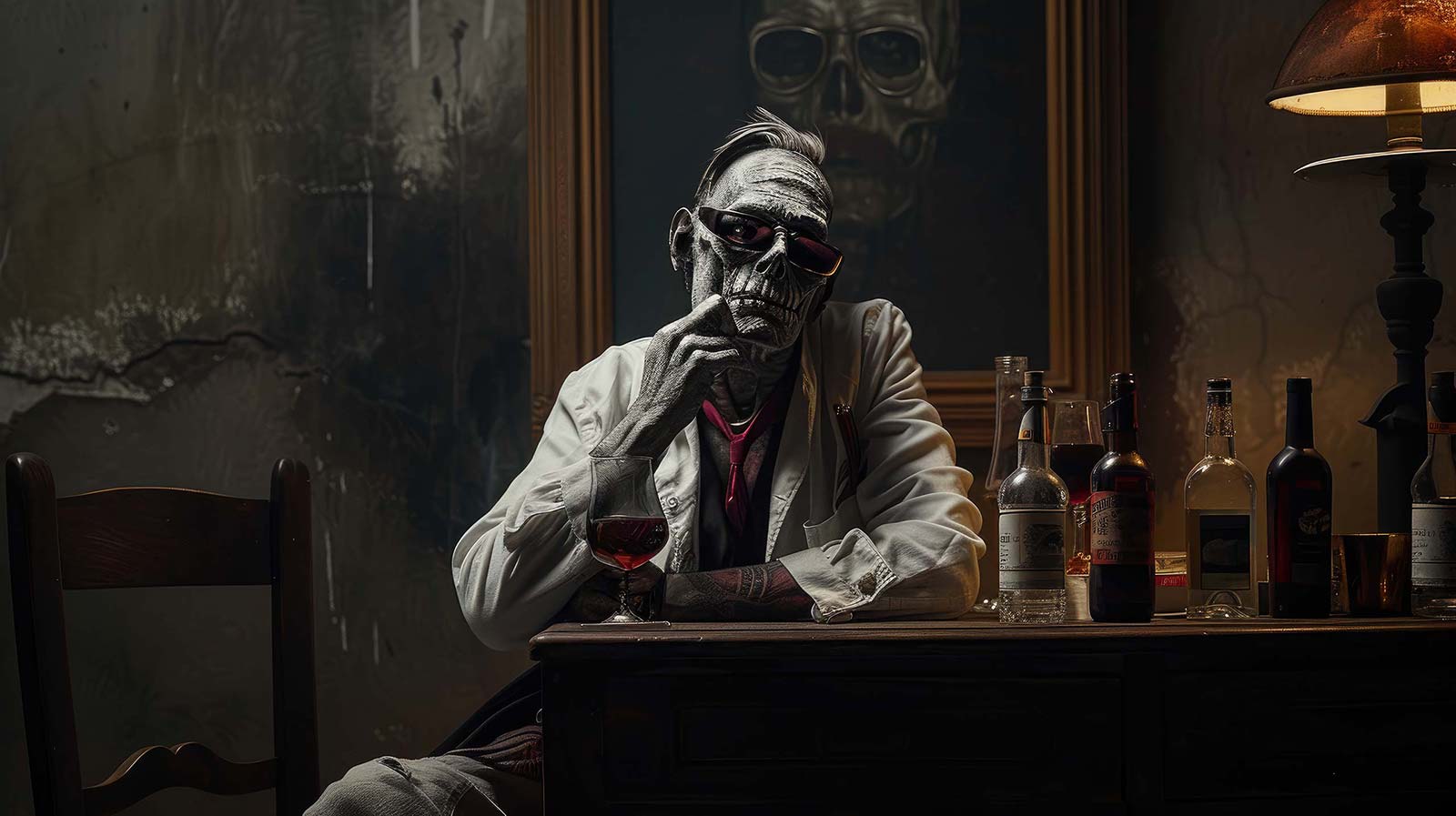
The lore of the era, rich with Gothic undertones, provided a fertile ground for the birth of stories that would forever alter the cultural landscape. Since its debut in 1818, Frankenstein’s tale has captivated the imaginations of many. Yet, he has seldom been recognized as a style icon—a notion that is overdue for reevaluation. Frankenstein didn’t just fail to fit in with the crowd; he stood apart as the quintessential outsider, a rebel not by choice, but by the very circumstances of his creation.
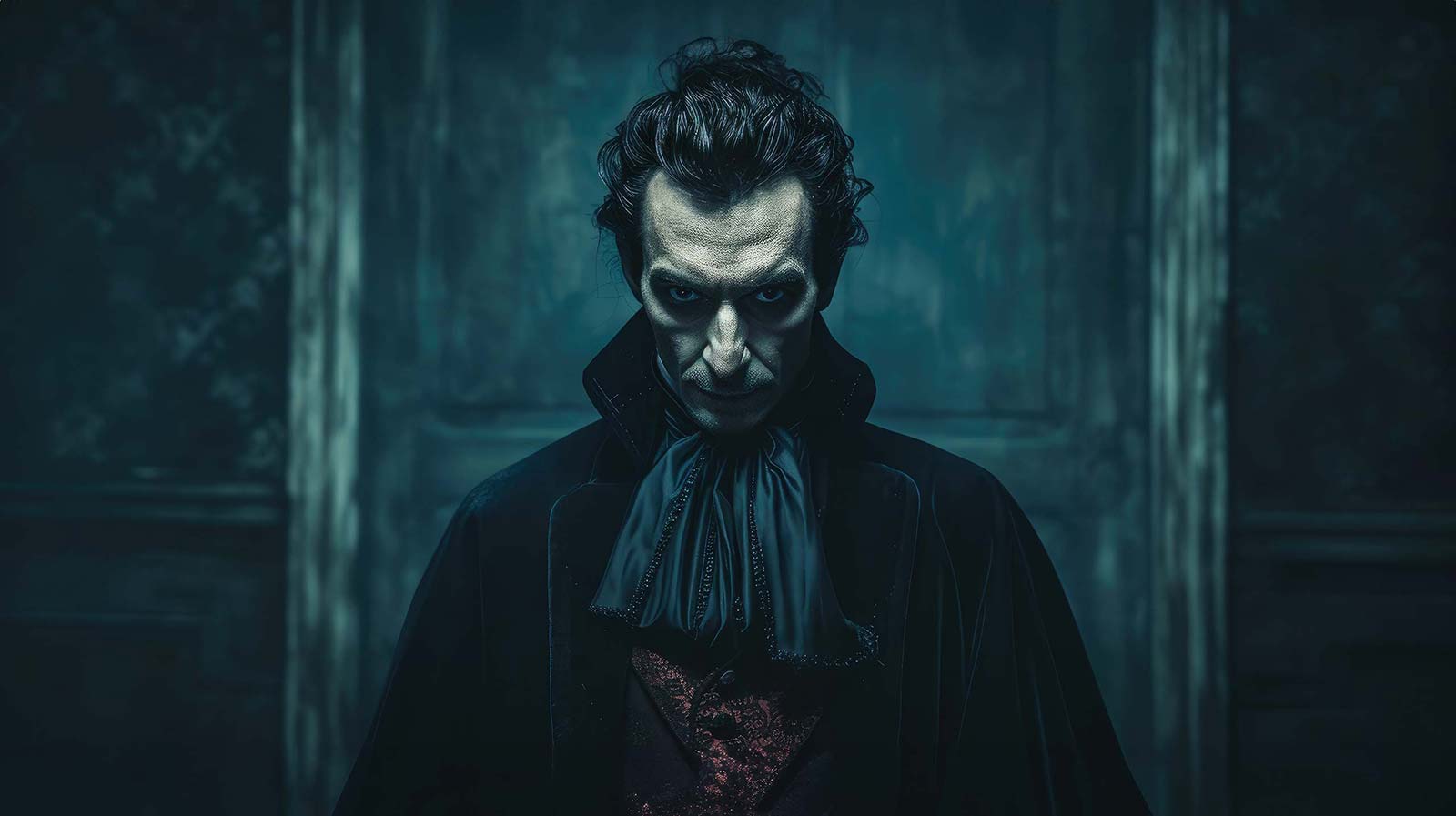
In the same period, tales of vampires began to circulate, while a lesser-known story about their finesse lingered in the shadows. Their methods of seduction were a carefully choreographed dance, with movements so fluid and deliberate they resembled silent music made visible. Dracula, the progenitor of all vampires, with a cape elegantly draped over his shoulders and an air of aristocracy, was the epitome of cool. With his penchant for the nocturnal and a taste for the exclusive — for not just any blood would do — he stood as a creature of discerning tastes, a connoisseur of the shadows. He was a figure of brooding charisma and sophistication, enshrouded in a cloak of mysterious charm.
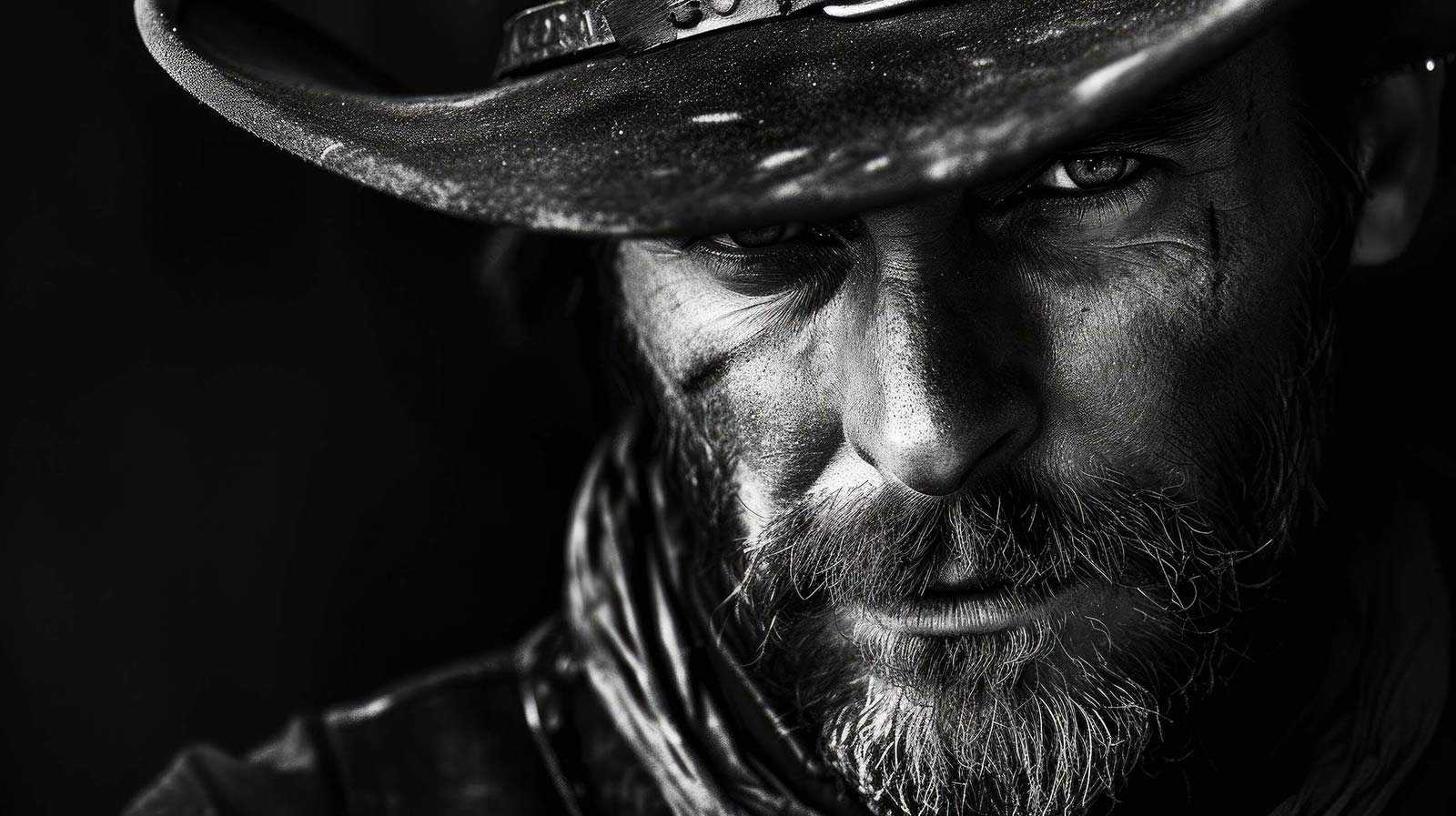
The gallery below reveals a panorama of narratives, from pirates with a fondness for rare vintage treasures to iconic lone rangers of the Wild West who create their own trails, and a certain diminutive French emperor with a grandiose fashion sense. And now, dear reader, as we approach the finale, witness the saga of the cool unfold to its full potential in the 20th century. Discover more in ’Hipster Odyssey III: The Mosaic of Modernity’.



